In a significant projection by CRISIL, Indian airlines are poised to soar to new heights in the realm of international air travel by the fiscal year 2027-28. With a forecasted surge in their market share to a staggering 50%, the report highlights the strategic maneuvers and inherent advantages propelling this growth trajectory.
Rising Share in International Passenger Traffic
CRISIL's report underscores the exponential growth trajectory of Indian carriers in the international arena. From a modest 43% share in the previous fiscal year, Indian airlines are anticipated to grasp up to half of the country's international air passenger traffic by 2027-28. This remarkable ascent is attributed to the deployment of additional aircraft, expansion of routes, and the superior domestic connectivity offered by Indian carriers compared to their foreign counterparts.
Strengthening Business Profiles
As Indian airlines carve a larger slice of the international travel pie, their business profiles are set to strengthen significantly. International air travel is deemed more profitable than the domestic segment, marking a lucrative opportunity for Indian carriers to bolster their financial standings and operational capabilities.
Post-Pandemic Paradigm Shift
The COVID-19 pandemic catalyzed a paradigm shift in consumer behavior and spending patterns. With increasing disposable incomes, easing visa requirements, and a growing number of airports, Indians are exhibiting a burgeoning inclination towards international leisure travel. This shift, coupled with enhanced air travel connectivity, has propelled the resurgence of India's international passenger traffic, surpassing pre-pandemic levels.
Government's Tourism Hub Agenda
The government's concerted efforts to position India as a hub for tourism are expected to further augment inbound traffic. This strategic focus aligns with the overarching goal of bolstering the country's tourism sector and leveraging its rich cultural heritage and diverse attractions to attract global visitors.
Aircraft Expansion and Route Diversification
Indian airlines have embarked on an ambitious trajectory of expansion, with the addition of 55 new international routes over the past 15 months alone. These routes, spanning popular long-haul destinations in the United States, Europe, and Australia, aim to optimize flying time and enhance passenger convenience. Moreover, strategic partnerships and codeshare agreements with major global airlines facilitate seamless onward connectivity for passengers.
Inherent Advantages and Geographic Positioning
Indian airlines possess inherent advantages over their foreign counterparts, including superior domestic connectivity and the ability to offer end-to-end international connectivity from tier 2 and tier 3 cities. Additionally, India's strategic geographic location lends itself well to air connections between the Europe, Middle East, and Africa (EMEA) and Asia Pacific regions, positioning the country as a pivotal hub for international travel.
Investments in Fleet Expansion
To capitalize on the burgeoning international travel demand, Indian airlines are investing in widebody and long-range narrow-body aircraft for network expansion. The introduction of new international routes and long-haul non-stop flights to key destinations underscores their commitment to meeting evolving passenger needs and preferences.
Conclusion
As Indian airlines chart a course towards dominance in the international air travel landscape, their concerted investments, strategic partnerships, and inherent advantages position them as formidable players on the global stage. With a projected compound annual growth rate (CAGR) of 14-15% in the international segment over the next four fiscal years, Indian carriers are poised to redefine the contours of international air travel and emerge as key catalysts in India's aviation growth story.
Read next
In a looming showdown between management and staff, a section of permanent engineers at the state-owned Air India Engineering Services Limited (AIESL) has issued a stern warning: address our salary concerns or face industrial action. With tensions mounting, the question arises: why are these engineers considering such drastic measures?
The Grievances and A History of Discontent
The crux of the issue lies in the delayed implementation of revised salary payments. The forum representing approximately 1,700 staff members at AIESL contends that despite a wage revision agreement signed in January, their long-pending salary adjustments have not been honored. These engineers, encompassing aircraft maintenance engineers, service engineers, and allied cadre unions, have been vocal about their dissatisfaction, citing discrimination and unfair labor practices.
This discontent has been brewing for years, with the forum highlighting a lack of wage revision for over 15 years. The January agreement was seen as a watershed moment, aiming to resolve longstanding grievances and end protracted litigations. However, the failure to implement the agreement has reignited frustrations among the permanent employees.
Perceived Discrimination and Recent Developments
Adding fuel to the fire is the perceived preferential treatment towards contractual employees. The forum alleges that while commitments have been made to provide arrears to contractual staff, permanent employees continue to be sidelined. This perceived discrimination has further exacerbated tensions within the company.
The threat of industrial action comes less than three weeks after a warning of possible "industrial unrest" if the salary issues remained unaddressed. This indicates a growing sense of urgency among the affected engineers. Furthermore, the withdrawal of a strike by the union representing Fixed Term Employment (FTE) staff last month after reaching a settlement highlights the volatility of the situation.
The Path Forward and Final Thoughts
As the May 24 deadline approaches, the ball is in the court of AIESL management. Failure to heed the demands of the engineers could result in disruptions to operations, affecting not only AIESL's ability to serve its primary client, Air India, but also other airlines that rely on its engineering services.
The standoff between AIESL management and its permanent engineers underscores the challenges facing state-owned enterprises in addressing employee grievances. At stake are not just salary adjustments but also issues of fairness, equality, and labor rights. As both sides dig in their heels, the looming specter of industrial action raises questions about the future stability of the company and its ability to maintain essential aviation services. The resolution of this conflict will not only shape the immediate future of AIESL but also have broader implications for labor relations in India's aviation industry.
Read next
Has SriLankan Revolutionized Aircraft Maintenance with AMOS NewGen MRO System?
Abhishek Nayar
07 May 2024
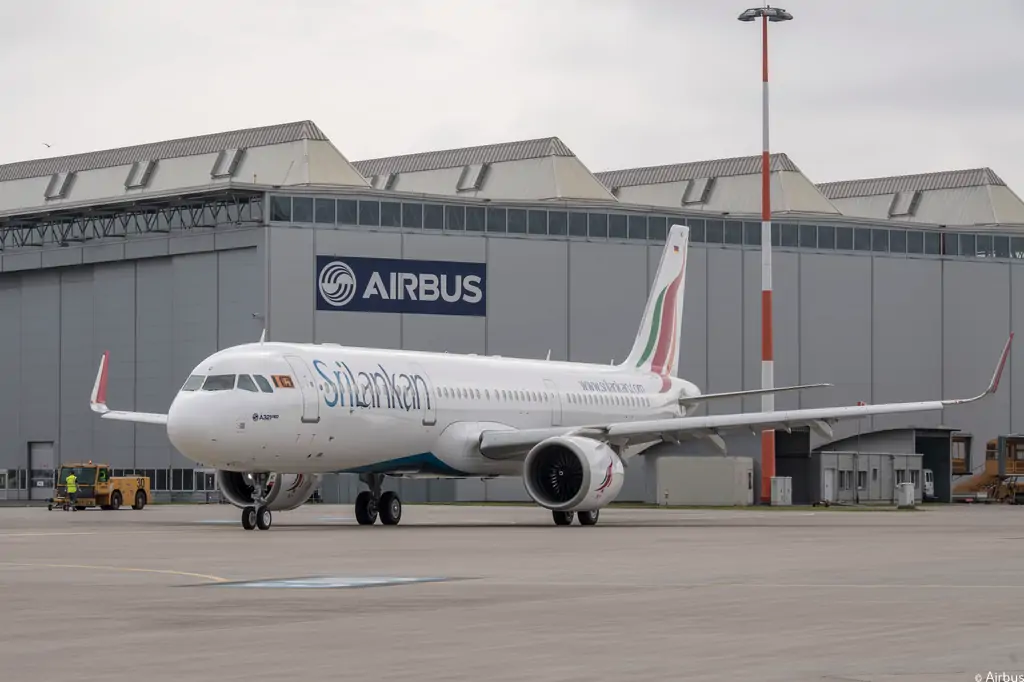
SriLankan Airlines has embarked on a significant modernization endeavor by integrating the AMOS NewGen MRO System, developed by Swiss-AS, into its aircraft maintenance operations. This strategic move reflects the airline's commitment to embracing cutting-edge technology to enhance efficiency and uphold safety standards in Maintenance, Repair, and Overhaul (MRO) activities.
A Game-Changing Collaboration
The collaboration between SriLankan Airlines and Swiss-AS signifies a pivotal shift in the approach to aircraft maintenance management. By leveraging the capabilities of AMOS, SriLankan Engineering aims to streamline processes, optimize resource utilization, and ultimately deliver superior service to its customers.
"The integration of AMOS is a transformative step for SriLankan Airlines. It's not just about upgrading our systems; it's about revolutionizing the way we conduct aircraft maintenance," says Arjuna Kapugeekiyana, Head of Engineering at SriLankan Airlines.
Transitioning to Advanced Technology
Transitioning from legacy systems to the advanced AMOS platform was a meticulous process that demanded extensive planning and execution. Over the course of several months, the integration of AMOS involved navigating the complexities of data migration and system implementation.
"This transition represents a significant milestone for us. It required meticulous planning and coordination to ensure a seamless integration," remarks Kapugeekiyana.
Realizing the Digital Vision
For SriLankan Airlines, the adoption of the AMOS NewGen MRO System represents a significant step towards realizing its digital vision. By embracing digitalization and automation, the airline aims to optimize processes, reduce operational costs, and enhance overall efficiency.
"Implementing AMOS is not just about adopting new technology; it's about transforming our entire approach to aircraft maintenance," emphasizes Chamara Perera, Group Head of Information Technology at SriLankan Airlines.
Sophisticated Features and Functionalities
The AMOS platform offers a comprehensive suite of sophisticated features and functionalities designed to meet the complex demands of modern aircraft maintenance operations. From inventory management to scheduling and tracking, AMOS provides real-time visibility and control over critical assets and resources.
"AMOS provides us with the tools we need to make informed decisions and optimize our maintenance processes," explains Kapugeekiyana.
Proactive Resource Planning
One of the key advantages of the AMOS system is its ability to facilitate proactive resource planning. By accurately forecasting manpower and material requirements, SriLankan Airlines can minimize downtime, reduce Aircraft on Ground (AOG) occurrences, and maintain optimal inventory levels.
"With AMOS, we can proactively plan our resources and ensure that we have everything we need to keep our fleet operational," says Kapugeekiyana.
Empowering Engineers and Technicians
The AMOSmobile/EXEC software extension empowers engineers and technicians at SriLankan Airlines by providing them with a user-friendly, mobile solution for managing maintenance tasks. With features such as electronic work instructions and digital sign-offs, the AMOSmobile app streamlines workflows, reduces paperwork, and improves collaboration across teams.
"The AMOSmobile app has revolutionized the way our engineers and technicians conduct maintenance tasks. It's made their jobs easier and more efficient," notes Perera.
Conclusion
The integration of the AMOS NewGen MRO System marks a significant milestone in SriLankan Airlines' journey towards digital transformation. By embracing advanced technology and innovative solutions, the airline is redefining the future of aircraft maintenance management, driving efficiency, reducing costs, and ensuring the highest standards of safety and quality. With the collective expertise and dedication of its team, SriLankan Airlines is poised to lead the way in shaping the future of aviation maintenance.
Read next
Alaska Air Group, amidst the aftermath of a temporary grounding of its 737 MAX 9 jets, has announced a substantial boost in compensation from Boeing. The aviation giant has issued $61 million in supplier credit memos, supplementing the $162 million cash compensation received earlier.
This development follows a series of events triggered by a mid-air cabin panel blowout experienced by an Alaska Airlines-operated MAX 9 jet in January. Let's delve deeper into the implications of this compensation and its significance for both Alaska Air Group and Boeing.
Alaska Air Group's Compensation
In the wake of the temporary grounding initiated by the U.S. Federal Aviation Administration (FAA), Alaska Air Group faced significant financial repercussions. The grounding affected 171 of its 737 MAX 9 aircraft for approximately three weeks. To address the financial strain incurred during this period, Boeing has extended $61 million in supplier credit memos to Alaska Air Group. These memos are earmarked for future purchases from Boeing, offering a strategic advantage to the airline.
Boeing's Response to the Incident
Boeing's proactive stance in compensating affected airlines underscores its commitment to customer satisfaction and safety. Notably, Alaska Air Group is not the sole beneficiary of Boeing's compensation efforts. United Airlines, another prominent customer, faced similar challenges following the grounding of its 737 MAX 9 fleet.
United temporarily suspended service on all 79 of its MAX 9 aircraft, incurring a staggering $200 million hit in the first quarter. In response, Boeing has initiated compensatory measures to alleviate the financial burden borne by United Airlines.
Implications for Alaska Air Group and Boeing
The injection of $61 million in supplier credit memos into Alaska Air Group's coffers signifies a significant financial reprieve for the carrier. These memos not only mitigate the immediate financial strain but also empower Alaska Air Group to make strategic investments in future aircraft acquisitions from Boeing. Moreover, Boeing's swift and substantial compensation reflects its commitment to restoring trust and fostering long-term partnerships with its customers.
For Boeing, the compensation initiative represents a proactive approach to crisis management and customer relations. By promptly addressing the financial damages incurred by its customers, Boeing aims to safeguard its reputation and reinforce its commitment to safety and quality standards. Additionally, the issuance of supplier credit memos serves as a strategic move to ensure continued business collaboration and loyalty among its clientele.
Conclusion
The recent announcement of $61 million in supplier credit memos from Boeing marks a significant milestone in Alaska Air Group's journey to recovery from the temporary grounding of its 737 MAX 9 jets. This injection of funds not only alleviates immediate financial strain but also positions the carrier for strategic growth opportunities.
Furthermore, Boeing's proactive compensation measures underscore its dedication to customer satisfaction and partnership. As both Alaska Air Group and Boeing navigate the aftermath of the MAX 9 grounding, this episode serves as a testament to the resilience and adaptability of the aviation industry in overcoming challenges and fostering sustainable growth.
With Inputs from Reuters
Read next
Southwest Airlines, renowned for its customer-centric approach and operational efficiency, finds itself navigating through turbulent skies yet again. The airline, heavily reliant on Boeing aircraft, grapples with the repercussions of Boeing's ongoing safety crisis and delayed deliveries, necessitating strategic adjustments to mitigate financial strain and overstaffing.
Boeing's Lingering Crisis
Since the infamous mid-air cabin panel blowout incident on an Alaska Air flight in January, Boeing has been embroiled in a crisis that reverberates throughout the aviation industry. For Southwest Airlines, this crisis translates into substantial challenges, with the original plan of receiving 20 Boeing aircraft this year slashed to a mere fraction of that.
Southwest's Response: Pilot Hour Reductions
In response to the conundrum posed by delayed Boeing deliveries, Southwest Airlines unveils a proactive strategy: offering reduced hours and monthly pay to its pilots. This approach, while aimed at curbing costs and avoiding furloughs, serves a dual purpose of ensuring compliance with the stringent requirements set forth by the U.S. Federal Aviation Administration (FAA).
Striking a Balance: Flexibility Amidst Uncertainty
The decision to implement reduced hours for pilots underscores Southwest's commitment to adaptability amidst uncertainty. By maintaining a pool of qualified pilots while simultaneously trimming financial outlays, the airline positions itself to swiftly ramp up operations as Boeing deliveries normalize and demand rebounds.
Pilot Union Perspective
Casey Murray, head of the Southwest Airlines Pilots Association (SWAPA), sheds light on the ongoing dialogue between the pilot union and the company. While discussions regarding Boeing's delivery delays are underway, the union anticipates forthcoming deliberations concerning overstaffing. SWAPA remains a key stakeholder in shaping the outcome of these negotiations, advocating for the interests of Southwest's 12,000 pilots.
Broader Cost-Cutting Measures
Beyond pilot hour reductions, Southwest Airlines adopts a multi-faceted approach to cost-cutting. This includes discontinuing operations at select airports, scaling back presence in markets like Chicago and Atlanta, and halting non-essential hiring. Moreover, the airline extends voluntary unpaid time-off opportunities to ground operations staff, call center employees, and flight attendants, further aligning labor costs with operational realities.
Conclusion
As Southwest Airlines navigates through the turbulence induced by Boeing's safety crisis and delayed aircraft deliveries, strategic adjustments become imperative. By implementing pilot hour reductions and embracing broader cost-cutting measures, the airline demonstrates resilience and adaptability in the face of adversity. As the industry continues to evolve, Southwest remains committed to upholding its legacy of operational excellence while charting a course towards sustained viability and growth.
With Inputs from Reuters
Read next
Lufthansa, a stalwart of the aviation industry, finds itself grappling with heavy losses in the first quarter of 2024. The German flag carrier reported an adjusted operating loss of EUR849 million euros (USD909 million), more than triple its loss from the same period in 2023. The primary culprits? Strikes and wage disputes that have rattled the company's operations and bottom line.
Strikes Take a Toll, Rising Costs and Falling Yields
The impact of strikes on Lufthansa's operations cannot be overstated. With a staggering EUR350 million (USD374 million) directly attributed to strike-related disruptions, the airline faced an uphill battle in maintaining operational efficiency and customer confidence. The strikes not only led to financial losses but also contributed to a 2.5% decrease in yields, as uncertainty among customers deterred high-priced last-minute bookings.
Despite a 5% increase in revenue and a 12% rise in passenger numbers, Lufthansa struggled to offset rising unit costs, which rose by 2.9% year-on-year. The combination of increased expenses and decreased yields exacerbated the airline's financial woes, underscoring the need for immediate cost-cutting measures and operational recalibration.
Navigating Towards Stability and A Glimmer of Hope
In response to the turbulent start to the year, Lufthansa has paused all new projects and initiated a reassessment of its administrative staffing needs. These measures aim to mitigate operating costs and restore profitability in the face of persistent challenges. Group CFO Remco Steenbergen remains optimistic about achieving stable unit cost development for the year, despite the setbacks incurred during the first quarter.
Chairman and CEO Carsten Spohr strikes a hopeful tone, emphasizing the conclusion of long-term wage agreements with most employees as a crucial step towards planning certainty and clarity. With strong demand projected for the summer and a commitment to expanding premium customer offerings, Lufthansa is poised to capitalize on opportunities for growth and recovery.
Looking Ahead and Conclusion
While the second quarter may witness a dip in operating results due to short-term effects from wage disputes and delays in aircraft deliveries, Lufthansa remains resilient in its pursuit of sustainable profitability. The resolution of wage negotiations with ground handlers and flight attendants signals a positive trajectory, laying the groundwork for smoother operations and enhanced employee satisfaction in the years to come.
As Lufthansa navigates through turbulent skies marked by strikes and financial turbulence, the airline remains steadfast in its commitment to overcoming challenges and charting a course towards profitability. With strategic measures in place and a renewed focus on operational efficiency, Lufthansa is poised to weather the storm and emerge stronger in the ever-evolving landscape of the aviation industry.
With Inputs from ch-aviation

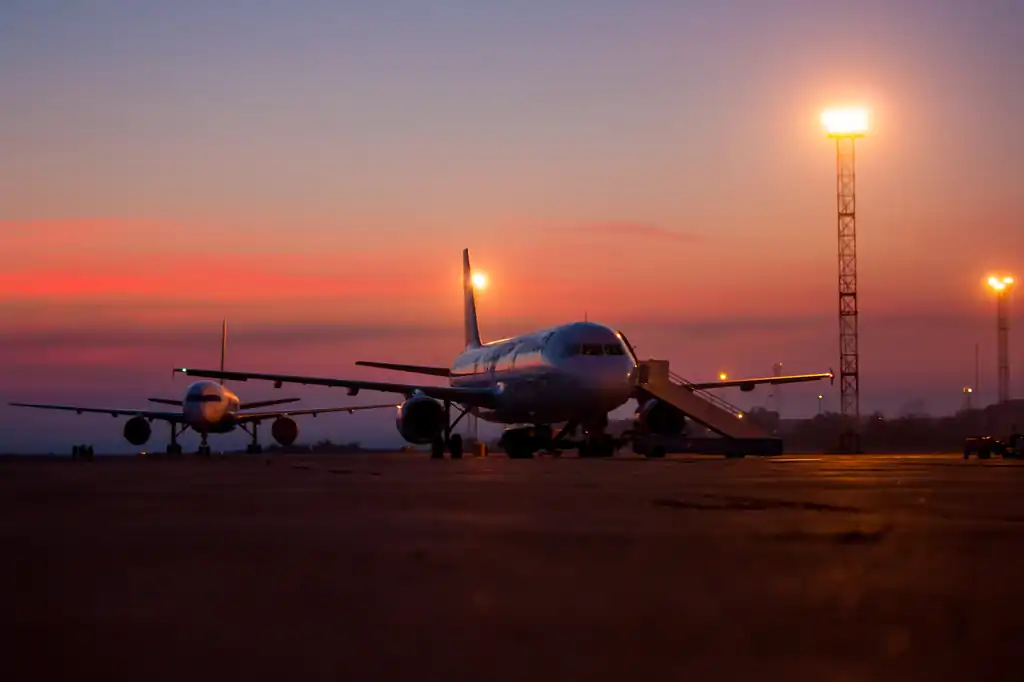
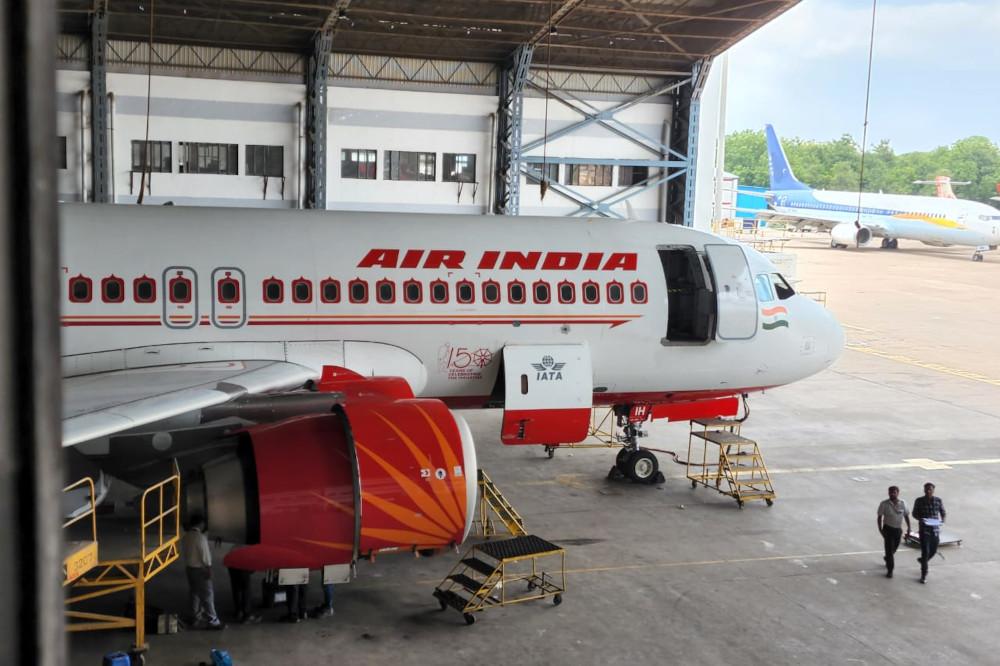
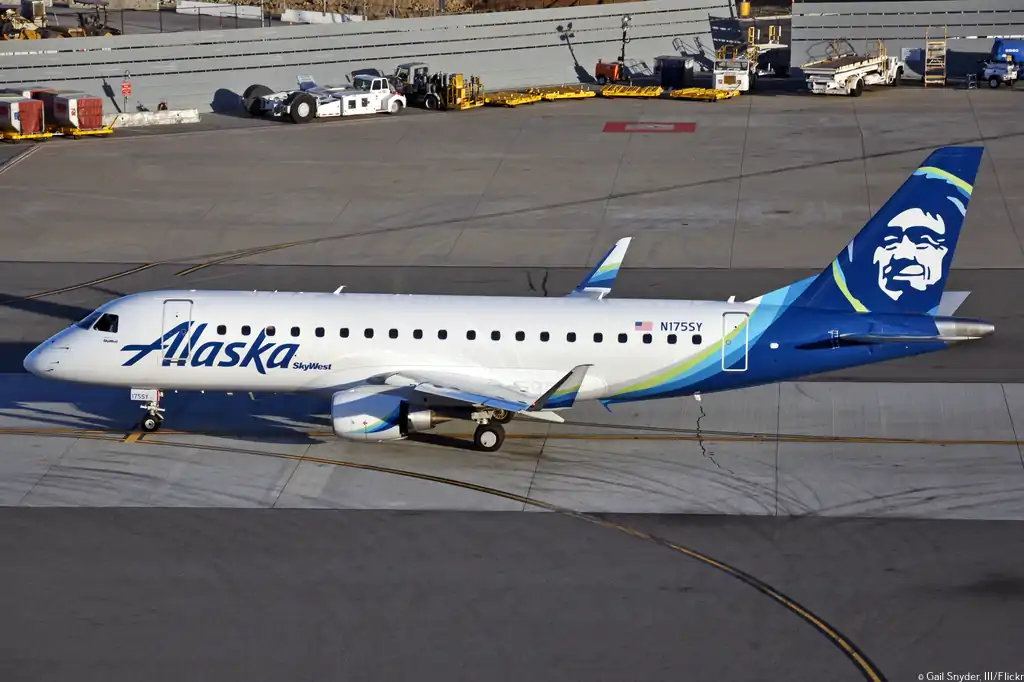
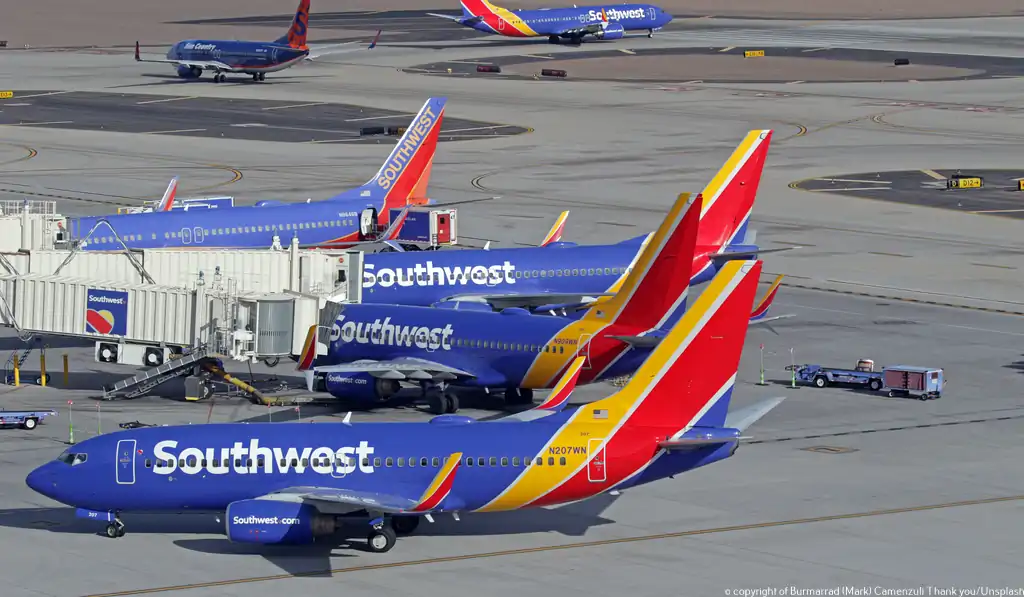
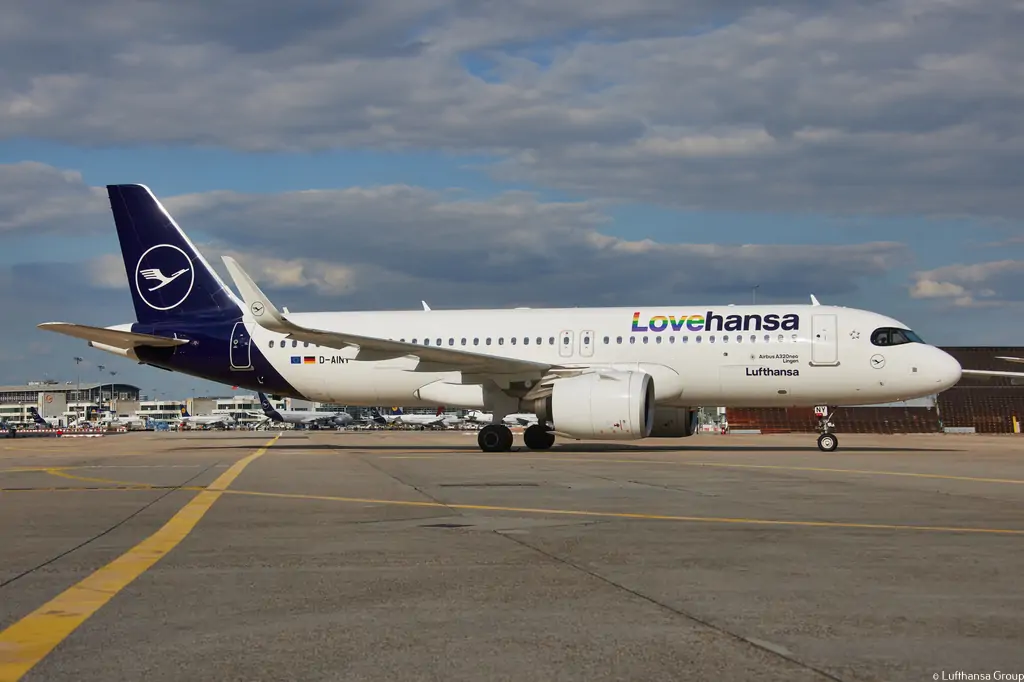
Comment